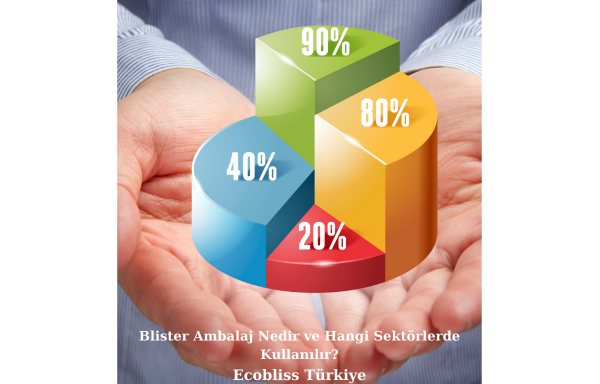What is Blister Packaging and Which Industries Use It?
Blister packaging is a type of packaging made primarily from transparent plastic that allows the product to be both protected and displayed. It is especially popular for consumer goods, offering visibility while safeguarding against damage and external factors.
Key Features of Blister Packaging
-
Transparency: Lets consumers see and inspect the product clearly before purchase.
-
Protection: Shields the product from dust, moisture, and physical impact.
-
Aesthetic Appeal: Attractive presentation through thoughtful packaging design.
-
Convenience: Easy to open and user-friendly, enhancing the customer experience.
Where is Blister Packaging Used?
Blister packaging is a versatile solution used across various industries. Below are the most common application areas:
1. Pharmaceutical and Healthcare Industry
Widely used for packaging tablets and medical supplies. Individually sealed compartments offer hygienic protection and dosage control.
2. Food Industry
Common for candies, chocolates, and supplements. Keeps food fresh and ensures an eye-catching display on store shelves.
3. Electronics and Tech Accessories
Ideal for packaging small items like batteries, earphones, and chargers. Prevents damage and serves as a theft deterrent.
4. Cosmetics and Personal Care
Products like lipsticks, razors, and mascaras often come in blister packs to maintain hygiene and appeal in retail environments.
5. Toys and Hobby Products
Blister packaging is used for toys and small hobby items, helping organize components and enhancing visibility.
Advantages of Blister Packaging
-
Durability: Resistant to impact and external stress.
-
Cost-Effective: Low production cost and suitable for mass production.
-
Retail Visibility: Enhances shelf presence and attracts attention.
-
Portability: Lightweight and easy to transport.
Conclusion: Why Choose Blister Packaging?
Blister packaging is widely used across industries thanks to its combination of visual appeal and protective function. By combining design and durability, it plays a key role in improving brand value and customer satisfaction.
